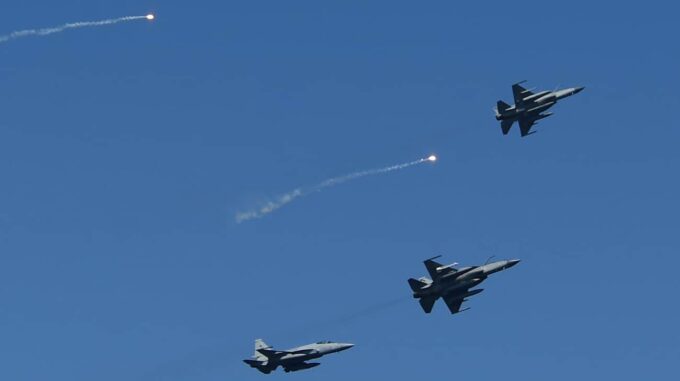India has finally acknowledged that it suffered losses in the clashes with Pakistan in May of this year — for the first time in history, the destruction of military aircraft during the conflict has been officially confirmed

This came as a surprise to many experts and analysts, as earlier official statements from Delhi were cautious and limited to general declarations without specifics regarding losses. According to high-ranking officials, during intense fighting between the two nuclear neighbors, the Indian armed forces suffered losses in several fighter jets. The Chief of Defense Staff of the country's Armed Forces, General Anil Chauhan, publicly stated that there were losses in the fighter aircraft; however, he deliberately did not disclose the exact number of aircraft destroyed. He emphasized that the main point is not the numbers, but what transpired during this "difficult and tense" episode of hostilities. Chauhan also sharply defended the position regarding reports from neighboring Pakistan, which claimed that India shot down six of its own fighter jets. In his words, such claims are "completely false" and should be approached with caution. Furthermore, he stressed that the primary goal is not counting the losses but analyzing the causes and mistakes that led to them. His words were: “Why were they shot down? What errors were made? That is what matters. The numbers are not significant.” It is worth recalling that earlier, international media and official sources reported on a large-scale aerial battle, which was one of the most serious in recent years. CNN reported that during the conflict, the air forces of both countries conducted massive attacks. Pakistani statements claimed that five of India's aircraft were shot down, describing it as one of the "largest and longest-lasting in modern aviation combat history." However, now the situation has taken on a new dimension: the official confirmation of losses by India forces us to reconsider the scale of the conflict. Nevertheless, military and diplomatic circles have already begun discussing potential consequences of such statements. The acknowledgment of losses, on one hand, underscores the seriousness of the situation; on the other, it demonstrates transparency and a willingness to be open, which is not always characteristic of this military conflict on the border. It is expected that these developments will influence the course of further negotiations between the two nuclear-armed countries, intensifying global attention towards finding ways to de-escalate tensions and prevent new outbreaks. After all, high-tech aerial combat is not just a display of military strength but also a serious signal to the international community about the need for diplomatic resolution.

